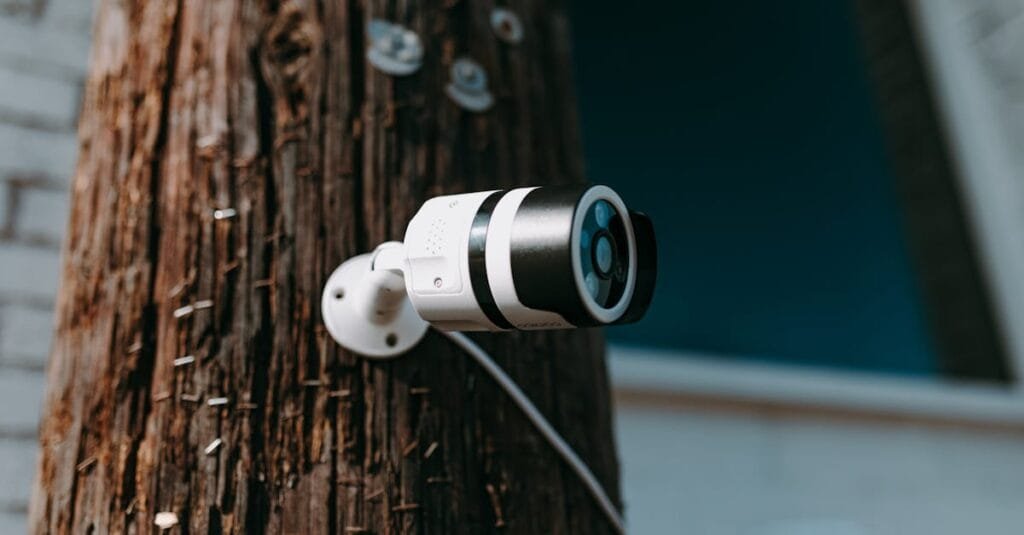5 Common Kitchen Lighting Mistakes (And How to Fix Them)
Even the most beautifully designed kitchen can feel unwelcoming and impractical if the lighting isn’t quite right. Many homeowners inadvertently make lighting errors that compromise both functionality and ambiance. Understanding these common pitfalls helps you create a kitchen that’s as pleasant to work in as it is to look at. Here are five frequent kitchen lighting mistakes and straightforward solutions to correct them.
Relying on a Single Overhead Light
The Mistake: Many kitchens, particularly in older homes, depend solely on one central ceiling fixture to illuminate the entire space. This creates harsh shadows on worktops and leaves corners frustratingly dim, making detailed tasks like chopping vegetables difficult and potentially unsafe.
The Fix: Implement a layered lighting approach that combines multiple sources. Install track lighting for general illumination, add under-cabinet lights for task lighting on preparation surfaces, and incorporate pendant lights or accent lighting for visual interest. This multi-layered strategy eliminates shadows and creates a more versatile, functional space that adapts to different activities throughout the day.
Choosing the Wrong Colour Temperature
The Mistake: Mixing bulbs with different colour temperatures creates a disjointed, uncomfortable atmosphere. Installing cool, blue-toned lights (5000K+) throughout might make your kitchen feel sterile and unwelcoming, whilst overly warm lights (below 2700K) can make food appear unappetizing and render colour-matching tasks difficult.
The Fix: Select a consistent colour temperature across your kitchen lighting. For most kitchens, warm white (3000K) or neutral white (3500-4000K) provides an ideal balance—bright enough for clear visibility during food preparation yet warm enough to create an inviting atmosphere. If you prefer different moods, use warm white for dining areas and slightly cooler tones for task lighting, but ensure the transition feels natural rather than jarring.
Installing Lights at the Wrong Height
The Mistake: Pendant lights hung too low become head hazards and obstruct sightlines, whilst those positioned too high fail to provide adequate illumination. This is particularly problematic over kitchen islands where people regularly work and move around.
The Fix: Follow the 70-80cm rule for pendant lights above countertops and islands. This height provides excellent task lighting whilst maintaining comfortable clearance. For lights above dining tables, aim for 75-90cm above the table surface. If you have particularly tall or short ceilings, adjust accordingly but maintain these proportions. When installing multiple pendants, space them evenly—typically 60-75cm apart—to create balanced illumination and visual rhythm.
Neglecting Dimmer Controls
The Mistake: Installing bright, non-dimmable lights throughout the kitchen creates an inflexible lighting scheme. Your kitchen requires different lighting levels throughout the day: bright illumination for morning meal prep, moderate lighting during casual meals, and softer ambiance for evening entertaining.
The Fix: Fit dimmer switches to your main lighting circuits, particularly for overhead lights and pendant fixtures. Modern LED-compatible dimmers work seamlessly with energy-efficient bulbs and give you complete control over your kitchen’s atmosphere. For ultimate flexibility, consider smart dimmers that you can programme for different scenarios or control via smartphone. This investment pays dividends in versatility and energy savings.
Forgetting to Light the Sink Area
The Mistake: The kitchen sink is one of the most frequently used areas, yet it’s often poorly lit, falling into shadow from overhead lighting. This makes washing up tedious and prevents you from seeing properly when rinsing vegetables or cleaning dishes.
The Fix: Install dedicated task lighting above or around your sink area. If you have a window above the sink, a recessed downlight on either side provides excellent illumination for evening tasks. For sinks positioned elsewhere, consider a small pendant light or directional spotlight that focuses light directly into the basin. Under-cabinet lighting on adjacent counters can also help, but direct lighting is most effective for this hardworking zone.
Additional Quick Fixes
Beyond these five major mistakes, consider these smaller improvements: ensure all bulbs match in both colour temperature and brightness within each zone; clean light fixtures regularly as grease and dust significantly reduce light output in kitchens; and replace any flickering or buzzing bulbs immediately, as these are distracting and can indicate electrical issues.
Taking Action
You don’t need to address every lighting issue simultaneously. Start by identifying which mistake most affects your kitchen’s functionality or atmosphere, then tackle that first. Sometimes a simple change, like adding under-cabinet lighting or installing a dimmer switch, dramatically improves your kitchen experience.
Professional electricians can safely install new fixtures and circuits, but many improvements—such as replacing bulbs with consistent colour temperatures or adjusting pendant heights—are straightforward weekend projects. The investment in proper kitchen lighting enhances not just the room’s appearance but also your enjoyment of cooking, dining, and gathering in this essential space.
Remember, excellent kitchen lighting isn’t about having the most fixtures or the latest technology—it’s about creating the right light in the right places for the way you actually use your kitchen.



